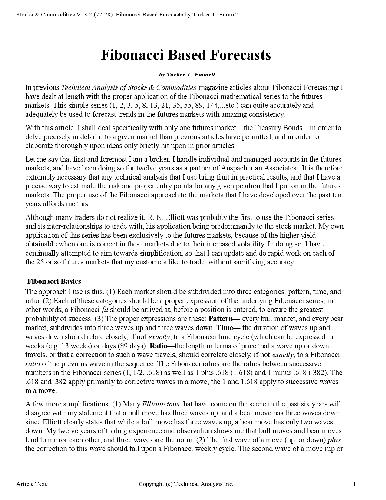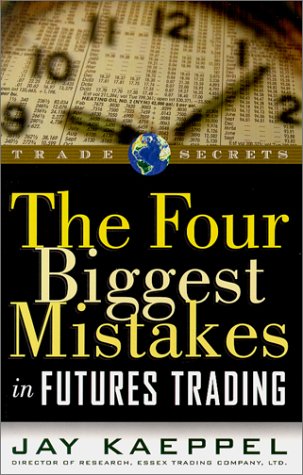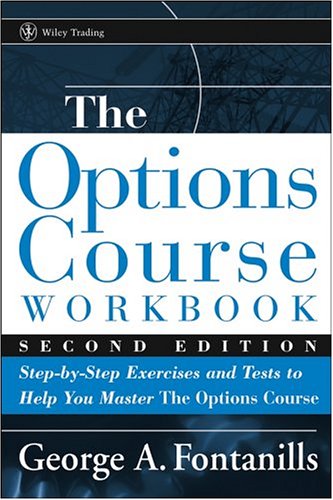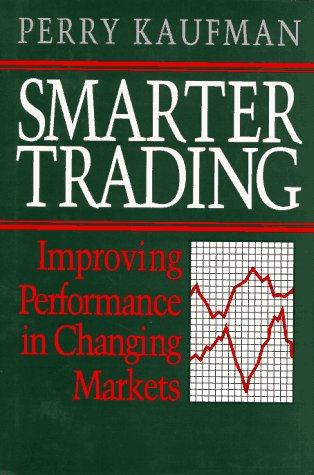Emmett T.J.
In previous Technical Analysis of Stocks & Commodities magazine articles about Fibonacci Forecasting I have dealt at length with the proper application of the Fibonacci mathematical series to the futures markets. This simple series (1, 2, 3, 5, 8, 13, 21, 35, 55, 89, 144,…etc.) can quite accurately and adequately be used to forecast trends in the futures markets with amazing consistency.With this article, I shall deal specifically with only one futures market-the Treasury Bonds-in order to delve precisely in detail into a given market than previous articles have permitted, and in order to elaborate thoroughly upon ideas only briefly hit upon in prior articles.Let me say that first and foremost I am a broker. I handle individual and managed accounts in the futures markets, and have been doing so for twelve years as a partner of Anspacher an Associates . It is therefore extremely necessary that any technical analysis that I use bring fruit in practical results, and that I have a precise way to estimate the risk and proper entry points for any given position that I put on in the futures markets. The proper use of the Fibonacci approach to the markets that I have developed over the past ten years affords me this.Although many traders do not realize it, R. N. Elliott was probably the first to use the Fibonacci series and its inter-relationships to trade with, his application being predominantly to the stock market. My own application of this series has been exclusively to the futures markets, because of the higher yield obtainable when one is correct in these markets due to their increased volatility. In doing so, I have continually attempted to aim towards simplification, so that I can update and do rapid work on each of the 25 or so futures markets that my customers like to trade, without sacrificing accuracy. | |







Reviews
There are no reviews yet.